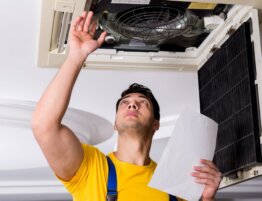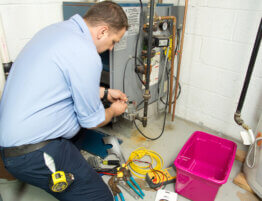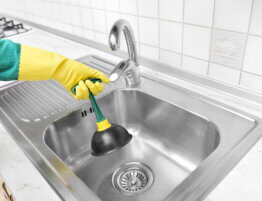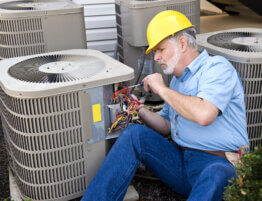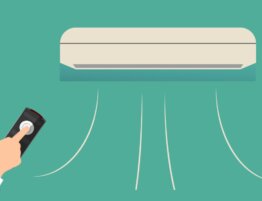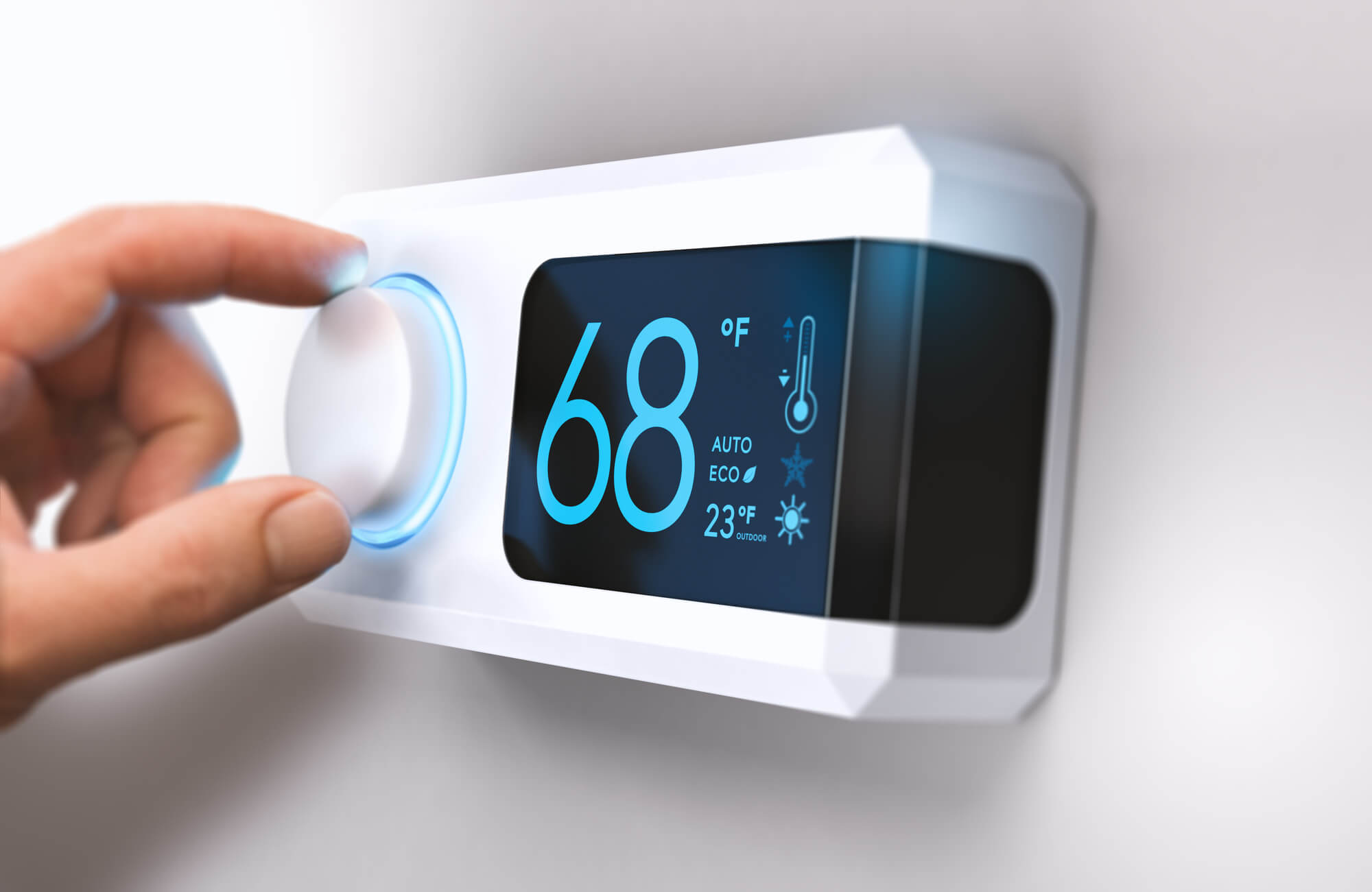
How effective is your HVAC system?
If you’re finding that you’re too hot one moment then too cold another – or if your energy bills are soaring – there may be a problem.
However, the problem may not be with your HVAC system itself. You may not need AC or furnace repair. It could be that the thermostat is no longer effectively telling the furnace and/or cooling system when to turn on and off.
If that’s the case, it’s probably time for a thermostat replacement.
Finding Comfort
Each of us is sensitive to heat gain and loss.
The key to comfort is to maintain the temperature in a space within a 2-degree Fahrenheit swing. For some, this could be 67-69 degrees. For others, it might be 76-78 degrees. Whatever the case, the two-degree variance is called the “comfort window.”
Your thermostat is designed to work within that window and eliminate any broad swings in room temperature. During the winter when you need heating, room temperature drops to a low point just before the heat kicks on and reaches a high just after the heat shuts off. The converse is true in the summer with the AC.
So if you find that you’re constantly adjusting the thermostat, then there’s a good chance that’s where the problem lies.
If you have an old-school thermostat, you may be surprised at all of the options available for thermostats today.
What You Get for Your Money
Before you choose a thermostat, you’ll want an understanding of the features each one offers and how they affect the operation of your HVAC system.
Manual
In terms of simplicity of installation and affordability at the time of purchase, your best bet is a manual thermostat. Once it’s installed, you simply set the dial or pointer to the temperature you want and then you’re done.
Yet some manual thermostats aren’t exactly precise when it comes to temperature control. In fact, there are some manual thermostats that extend that “comfort window” by three degrees versus two.
Plus, with a manual thermostat, you can certainly turn it down (or up) while you’re gone. But when you return home, prepare to deal with some time of discomfort while your HVAC system works hard to get it back to the temperature you want.
Digital Programmable
A digital thermostat is also relatively easy to install. Although it will cost you more at the time of purchase, it has more features that could end up saving you money down the road.
The main money-saving feature of a digital thermostat is its programmability. Unlike with the manual thermostat, you can set your digital thermostat to one temperature at night, then another during the day. You can also activate the HVAC system before you come home.
With more advanced programmable thermostats, you can even have multiple settings for each day. So in this way, you’re getting a customized heating or cooling solution that doesn’t waste energy and helps save money on energy bills.
Smart or Communicating
Turning it up a notch, smart thermostats are designed to work with your specific HVAC system. Sensors that are built right into the furnace, AC unit and evaporator coil, ductwork, humidifier, and other components of your system.
These sensors continually communicate with the thermostat to convey the health of your system. If you have a zoned HVAC system, your thermostat will need to have zoning capabilities.
With a smart thermostat, you also have the option of additional comfort features such as Wifi, phone app or remote web access. These enable you to adjust your thermostat settings when you’re away from home.
Finally, a touchscreen is a common feature of smart thermostats but is slightly more expensive. So anticipate the additional cost if you want that feature.
Does the Thermostat Work with Your System?
This is the next big question.
Once you’ve decided which type of thermostat you want, you’ll need to start zoning in on specific models. But not every model is going to work with every system. So it’s essential you choose a model that’s compatible with your specific HVAC system.
How do you know if it’s compatible? You’ll need to perform the following steps:
1. Check Your System’s Voltage
It’s crucial that you choose a thermostat that will be compatible with your HVAC system’s voltage requirements. Low voltage systems are the most common. But there are also millivolt and high voltage systems.
Unless you have wall/floor heaters or an electric baseboard heating system, you more than likely have a low voltage system. This is fortunate because the vast majority of thermostats work with this system.
To determine if your chosen thermostat works with a low voltage system, check for the specs on the thermostat box or manufacturer label. You can find this online by looking for the words “low voltage.”
On the other hand, if you have wall/floor heaters, you likely have a millivolt system. An electric baseboard heating system is typically a high voltage system. In these cases, you’ll want to consult with a professional to find the appropriate thermostat.
2. Ensure It Will Fit on the Wall
This may seem obvious. However, if you currently have a smaller thermostat tucked into a tight space, a larger thermostat may not fit there. And that means you’re looking at the hassle of rewiring.
Also, if your home is zoned, remember that each zone will have its own thermostat. That means each thermostat should fit easily into your current thermostats’ positions.
3. Determine Your System’s Stages
The speeds at which your particular HVAC system can run are called stages. Your system falls into one of three different categories.
A 1-stage system runs like an ON/OFF switch. It’s either working at full speed or it’s off. A 2-stage system works at a low or high speed.
Finally, a variable speed system is capable of ramping its cooling/heating levels depending on what’s needed at the moment.
Your new thermostat’s wiring needs to be compatible with the number of stages your HVAC system has.
Do You Need a Thermostat Replacement?
If you’re looking at the possibility of a thermostat replacement, the above guide should help you better understand exactly what you’ll need.
But if you’re not feeling confident to do it on your own, you can always call in professionals.
If you’re in Cuyahoga County or Northern Summit County –the greater Cleveland area, contact us today! We’re happy to get you lined up with the exact thermostat you need.



